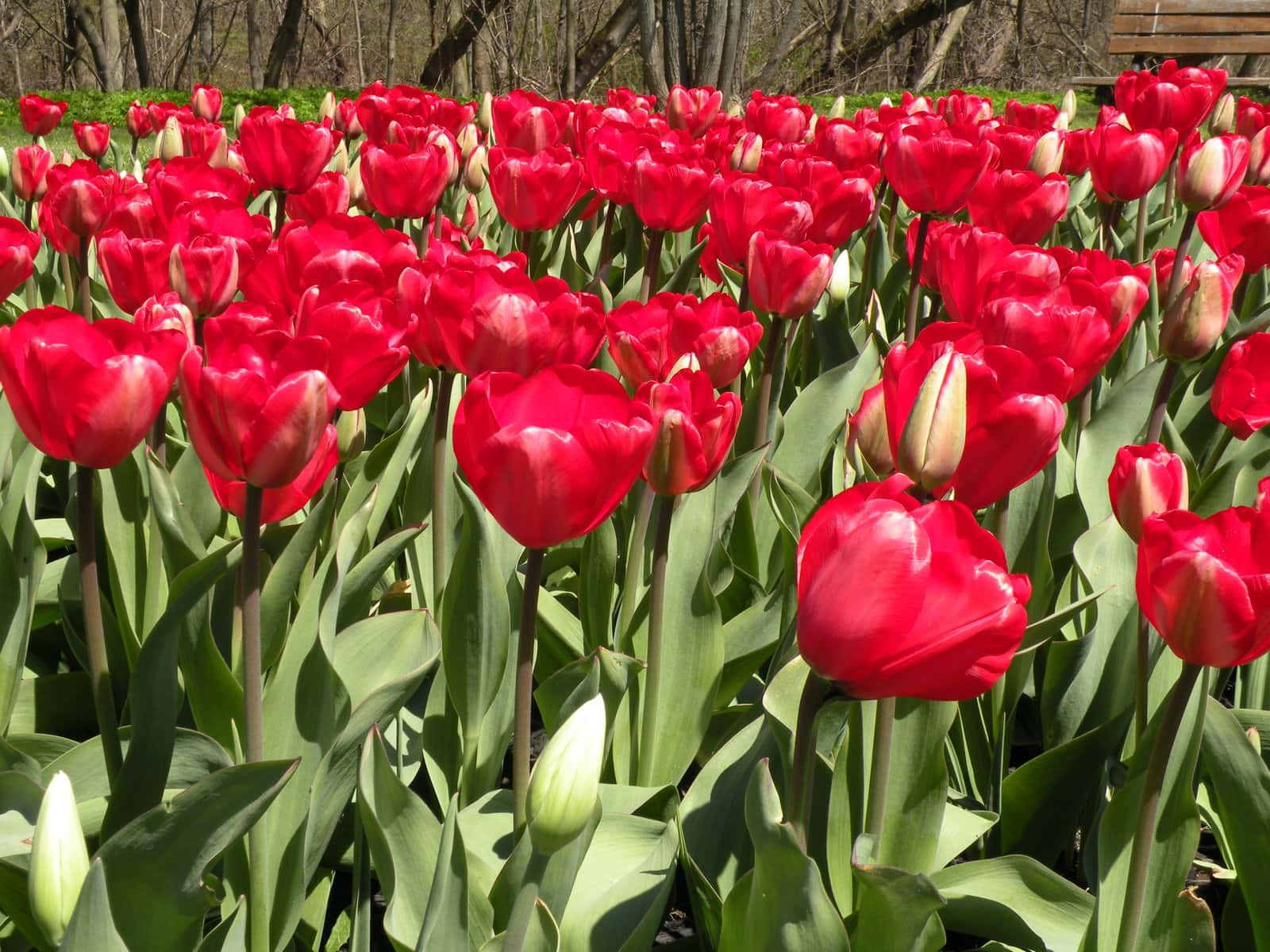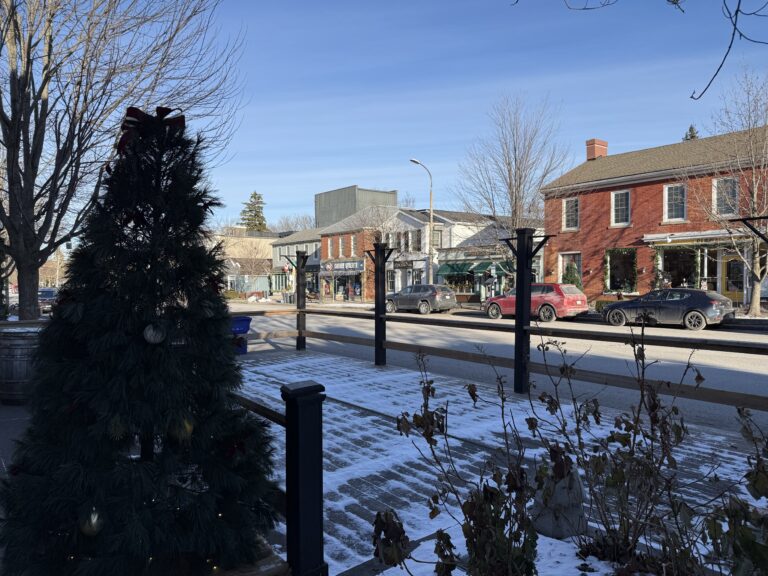If you are a keen gardener, you will know there are more than four seasons in a year.
Sure, there is still spring, summer, fall and winter, but then there are the “mini” seasons.
So, caught in between summer and fall is the exciting bulb season. The bulbs are just beginning to show up on the store shelves and the fun of choosing new ones is about to begin.
Here are some tips to guide you through this season.
What to look for:
- Choose bulbs that are not bruised, marked up or showing signs of any fungal diseases. You want to make sure the bulb has the best possible beginning. Any injury on the bulb or even the lack of the tunic (the papery covering) can be an entry point for disease.
- When shopping for bulbs, you will notice a wide range of prices. This usually corresponds with the size of bulb. Choose a larger bulb whenever possible – the larger the bulb, the larger the flowers will be. Small bulbs (immature bulbs) may not bloom until the second or possibly the third season. Spend a little more for instant results.
- If you are purchasing different varieties either of the same type of bulb (e.g. tulips) or different species to plant together check the labels to make sure you choose bulbs with staggered bloom times to extend the length of colour in your spring garden.
- Also, when choosing your bulbs, consider the height the bulbs will grow to and the height of surrounding plants. It’s disappointing to plant a bunch of bulbs and not be able to see them blooming because they are hidden by taller plants.
When, Where and How:
- I like planting my bulbs a bit later in the fall. I find the best time to plant fall bulbs is from mid-October to mid-November, before the ground freezes. One reason for this is that it gives the squirrels less time to find them.
- That said, don’t wait until mid-October to go shopping for bulbs though because all the good stuff will be gone. So, shop in the next couple of weeks for the best selection and keep the bulbs is a paper bag or open box and place them in a cool, dark, dry spot.
- Bulbs prefer loose, porous soil with lots of organic matter and good drainage. Wet soil can cause bulbs to rot.
- Plant bulbs in larger groupings to have a more dramatic and instant show of colour. An odd number of bulbs in groupings is best.
- Follow the directions on package for planting depth. If there are no instructions, plant bulbs at a depth that is equal to three times the diameter of the bulb its (e.g. if bulb is two inches wide, plant it six inches deep.)
- Once the hole is dug, mix some bone meal into the soil at the bottom of the hole. Place bulbs in hole at the suggested spacing. Backfill hole with amended soil, gently packing the soil as you go. Water thoroughly.
Discouraging squirrels:
Let’s face it, those cunning squirrels are just sitting up in the trees watching you plant your bulbs. As soon as you turn your back, they will be digging them up.
There are many repellents on the market, such as blood meal, Critter Ritter etc., but nothing seems to be foolproof. Most of them have to be used repeatedly and even then, results vary.
One of the most effective ways to discourage squirrels is to plant the bulbs as recommended, but before filling in the hole with soil place a piece of chicken wire large enough to cover the grouping of bulbs.
Then fill in the hole with soil. The bulbs will still be able to grow up through the chicken wire, but the squirrels will not be able to get at the bulbs.
I love messing with their little heads.
So, get out there shopping early for your bulbs and let the new season begin.
Joanne Young is a Niagara-on-the-Lake garden expert and coach. See her website at joanneyoung.ca.










